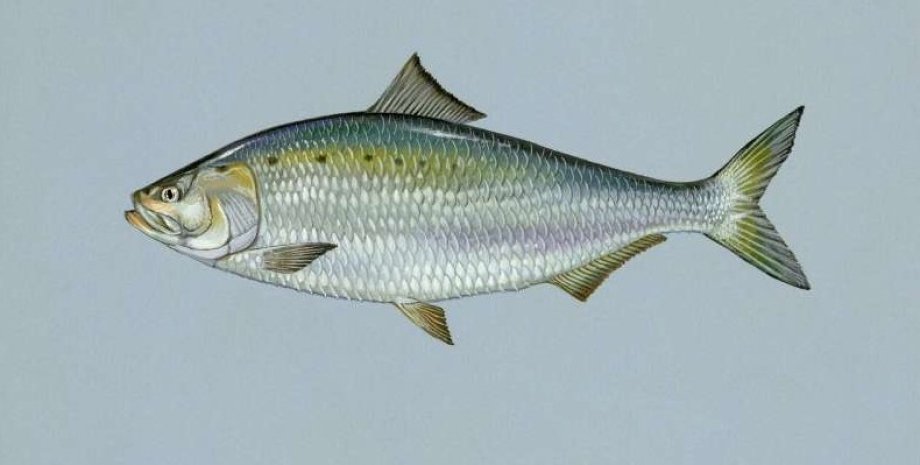
A new study shows that the fishing fish, and not salmon at all, now thrives in warm standing water, created by the dams of hydroelectric power plants throughout the basin of the Columbia River. Moreover, in some years, the number of this fish reaches an incredible 90%. In focus. Technology has appeared its Telegram channel.
Subscribe not to miss the latest and most intrusive news from the world of science! Researchers believe that the slowing of the pool waters in combination with climate warming has made the conditions of modern Colombia much more favorable to the master and other innumerable fish than for the salmon that has lived here earlier. Researchers show that summer temperatures in some parts of the river since the 1960s have increased by 0. 9 degrees Celsius.
The reason for this was the construction of the dam and the impact of climate change. Moreover, scientists have found that the water temperature here sometimes reaches such temperatures that the migrating salmon simply dies. At the same time, heat -wandering fish, such as carp, perch, catfish and cellars, probably feel great here. In their study, scientists focused on understanding how new species affect the well -being of local salmon.
Scientists were surprised, but found nothing that could cause discomfort to local species. According to Tom Quinn's salmon expert from Salmon University, they have more questions than answers. Scientists do not know what the consequences of such an invasion may be, but suggest that the appearance of new species will complicate the life of dams.
Researchers have found that the dams and reservoirs were in fact created almost ideal conditions for the species, and the representatives of this species are more tolerant of the higher water temperature, caused by climate change and standing water. The authors of the study point out that the master was first bred in 1871 - then representatives of this species were released into the Sakramento River.
The new look was bred as part of the plan for providing cheap food hordes of settlers who were heading to the west. In the end, the plan worked, and then in 1885 the Shed was released into the waters of the river Columbia. Since then, almost 40 years have passed and during this time, representatives of this species have managed to capture incredible territory-they can now be found in almost any river. Moreover, local authorities even calling local fishermen to catch as many fish as possible.










All rights reserved IN-Ukraine.info - 2022